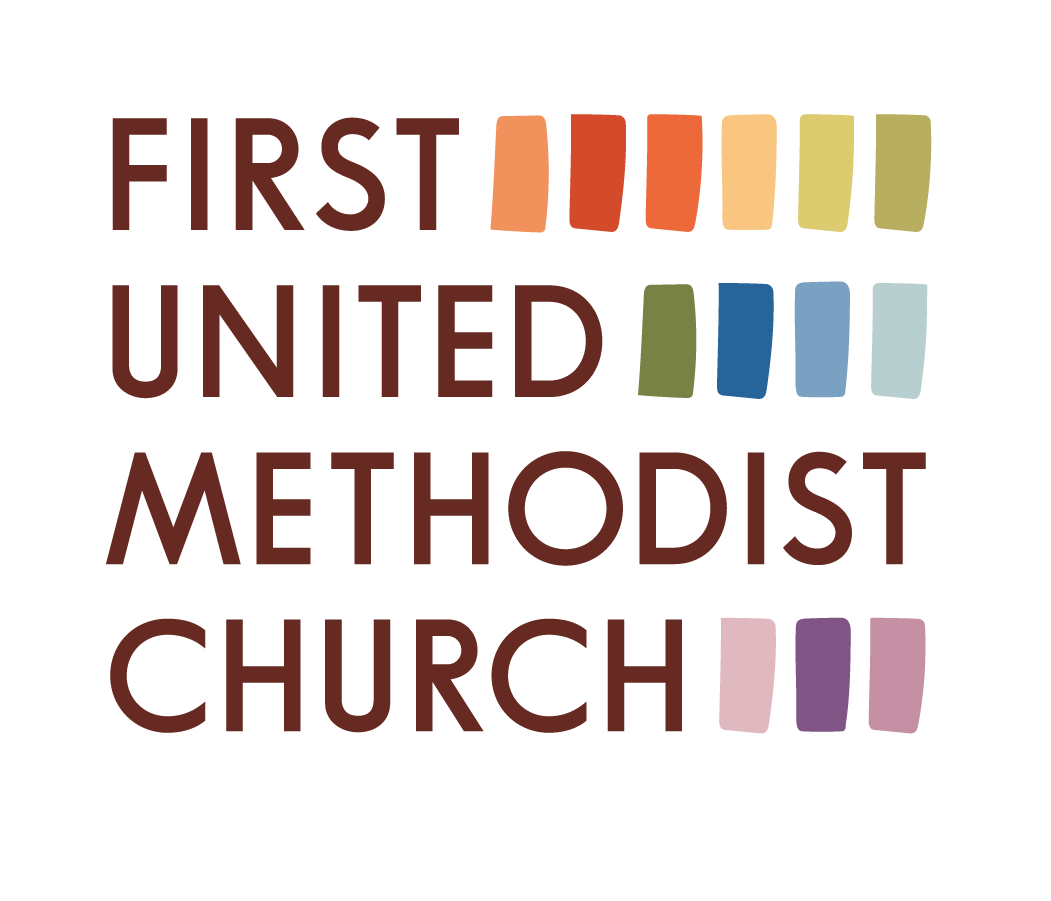What Time is it on the Clock of the World?
For two weeks we have borrowed this title question from the living room and organizing circles of Grace Lee Boggs and Jimmy Boggs. If you imagined 3000 years of human history on an analog clock, each minute could represent 50 years. Perspective is gained of how long something has occurred, really. Describing duration as “a hot minute” has new meaning when held up against millennia of humanity.
We have asked this question for the sake of perspective in our efforts of climate justice, letting the answer each week come from our scripture: not historically on a chronological timeline, but metaphorically, dipping into the vastness of all creation.
The Psalmist said it was 5am. Job and God in the whirlwind said it was a hot, high noon. [If this does not make sense to you, use these links to listen to worship from July 28 and August 4.]
This week we ask Boggs’ question of the Gospel according to Mark at the moment of Christ’s resurrection. What time is it on the clock of the world? Is it too late? Has the climate clock run out on us? What does resurrection mean to mud? To the ferns and brambles? To the worms and rabbits? Is newness still possible?
On Sunday we’ll finish the creation care and climate justice part of our series on the 3 pillars of faith that First Church holds (inclusion, creation care, and peace). We’ll address each of these questions, taking inspiration from not only our local watersheds and ecology but also from environmental practices around the world.
Throughout the preparation of this series, I’ve visited and learned about different pockets of creation, from the eruption of Mt. St. Helens to the Yakama Reservation and their relationship with the mountain, Pahto, to the watersheds of Portland. I trust you have been able to have moments of awe and learning about creation in these weeks as well.
As we approach Sunday, take a moment to go farther afield and study the church forests of Ethiopia. You don’t need to head outside to do this – watch this brief video or read this extended essay on the forests’ mutual protection and enlivenment of the church in Ethiopia.
There, to be a church is to be enveloped by a forest; to care for a forest, to love a forest.
What about for us? What part of creation do we partner with as a Christian people? What’s the thing that is absolutely necessary for us to consider ourselves a church?
Let’s find out together.
Peace
Pastor Karyn




